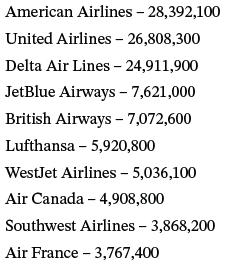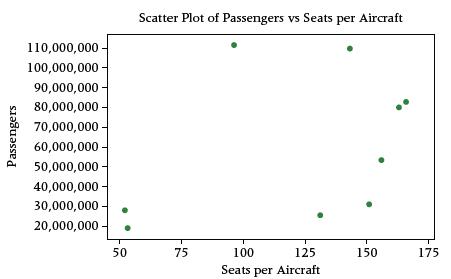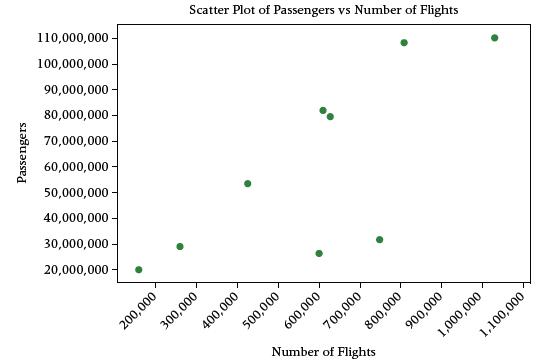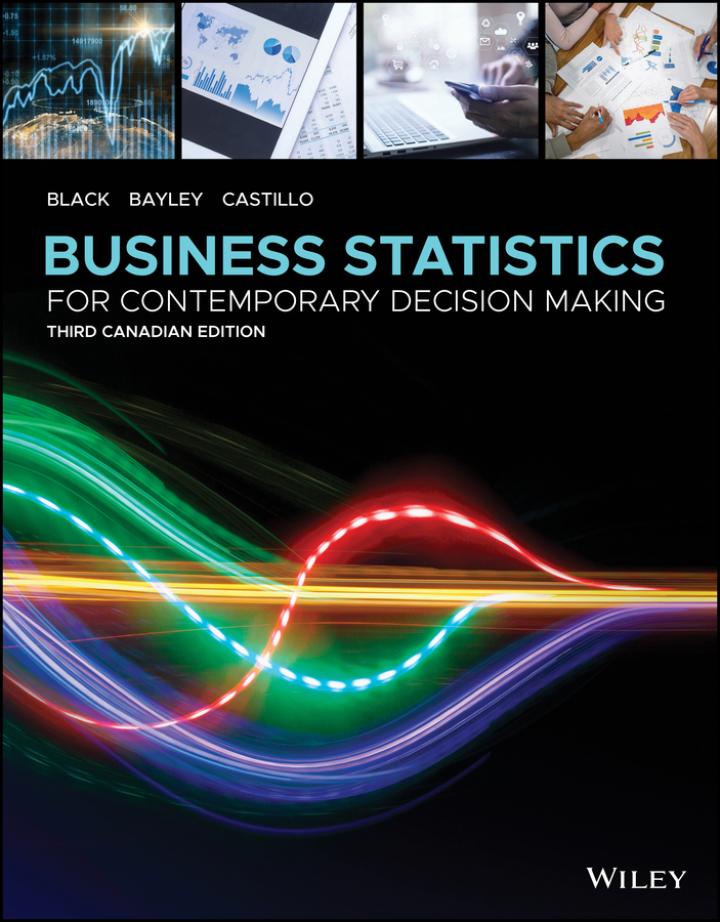One night over dinner in 1967 in San Antonio, Texas, Rollin King presented his idea for a
Question:
One night over dinner in 1967 in San Antonio, Texas, Rollin King presented his idea for a new airline to Herb Kelleher by drawing a triangle on a napkin and labelling the three corners as Dallas, Houston, and San Antonio. King’s idea was to offer reasonably priced nonstop service among the three cities. Out of this initial meeting, Southwest Airlines was created and began flying on June 18, 1971, with three Boeing 737 aircraft serving those three Texas cities. Southwest Airlines grew rapidly, and in January 1974, it carried its one-millionth customer. By mid-1988, Southwest had expanded its service to offer almost 900 flights each day across its route system covering 27 cities in 13 states; by 1989, revenue had exceeded the billion-dollar mark. In 1994, Southwest became the first major airline to offer ticketless travel; in 1996, it became the first major airline to post a website. In 1997, the airline ranked first on Fortune magazine’s “100 Best Companies to Work For in America” list. In 2013, it launched its first service to a destination outside the 48 contiguous states with service to San Juan, Puerto Rico. In July 2014, Southwest began its first international flights, to the Bahamas, Jamaica, and Aruba, with more countries added all the time. Southwest Airlines continues to differentiate itself from other air carriers with low fares and exemplary customer service delivered by more than 59,000 employees to more than 120-million customers annually.
The mission of Southwest Airlines is “dedication to the highest quality of customer service delivered with a sense of warmth, friendliness, individual pride, and company spirit.” Southwest’s low-cost model inspired the founders of Calgary-based WestJet, which launched in 1996 with lower fares to cities in Western Canada. In 2000, it added destinations in Eastern Canada. In 2004, it expanded service to several U.S. cities and rolled out live seatback TV on its flights. In 2006, it launched its first international destination, the Bahamas. It crossed the Atlantic for the first time with flights to Dublin, Ireland, in 2014.Over the years, WestJet Airlines has picked up several awards for best employer, as its corporate culture stresses employee engagement—visible to passengers, which it calls “guests,” who hear the cabin crew telling jokes and who see them going the extra mile to satisfy customers. WestJet has also been named one of the top 10airlines in North America in terms of service by passenger surveys from the prestigious Skytrax organization. Today, WestJet’s 14,000 employees serve more than 22-million guests each year, on over 700 flights each day. The airline’s mission “is to enrich the lives of everyone in WestJet’s world.”
Discussion
1. Suppose you have been asked to write a report for WestJet Airlines discussing and displaying their share of the U.S. air travel market. In your research, you are able to obtain from the U.S. Bureau of Transportation Statistics the following information for the top 10 international airlines on the number of international passengers who landed in and flew out of the United States in a recent year:

Using at least two of the graphs and/or charts discussed in this chapter, present your findings on these ten airlines and briefly discuss the results.
2. There are typically at least five reasons why air passengers’ luggage is lost:
1) The routing label is damaged or lost;
2) The bag is lost during transfer from one plane to another;
3) The wrong destination code is typed at ticketing;
4) The luggage is loaded into the wrong plane to begin with;
5) The passenger forgets to pick up their luggage at the destination.
Suppose a study of 500 pieces of lost luggage is undertaken in which analysts are attempting to determine the main cause of luggage loss. They determine that 98 of the pieces were lost due to a lost or damaged routing label, 255 were lost during transfer from one plane to another, 71 were lost due to the wrong destination code being typed at ticketing, 52 were lost because they were loaded into the wrong plane, and 24 were lost because passengers failed to pick up their luggage at the destination. Use a Pareto chart to analyze the results of this study. Based on your chart, what would you recommend as a way to attack the lost luggage problem?
3. Shown here are two scatter plots of data on U.S. airlines reported in a recent year by bga-aeroweb.com. The first scatter plot displays the number of passengers carried annually by the top nine airlines and the number of seats per aircraft for each airline. The second scatter plot displays the number of passengers carried and the number of flights by the top nine airlines in a recent year. Study the two scatter plots and comment on any insights you glean regarding the airline industry.

Step by Step Answer:

Business Statistics For Contemporary Decision Making
ISBN: 9781119577621
3rd Canadian Edition
Authors: Ken Black, Ignacio Castillo





